In Hungary nature conservation goes hand in hand with sustainable farming
Hungary is home to 10 national parks covering a total of 4,730 km2. All of them have been designated as Natura 2000 sites. While their primary goal is to preserve nature, they are in the vanguard of sustainable agriculture as well, providing a living for a lot of nature-inclusive farmers.
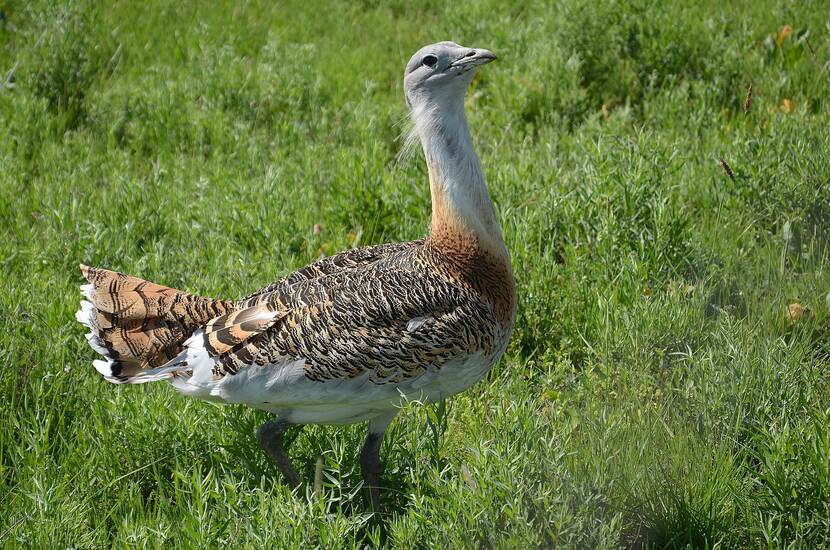
In the Netherlands a new national park policy program is under development. The program aims to further develop Dutch national parks into high quality nature and landscape areas. In Hungary national parks play a key role, too. Take Kiskunság National Park, for example, which is an excellent example of the Hungarian combination of nature preservation and agriculture. The park, located just over an hour's drive from Budapest, is not a homogenous body of remote wilderness, but rather a patchwork of protected habitats, nature-inclusive farmlands, pastures, and woodland, covering 570 km2. Here, farmers and local stakeholders work together with the park to balance environmental conservation, food production, sustainable practices in crop farming and animal husbandry, hunting and game management and conserving rare and endangered species.
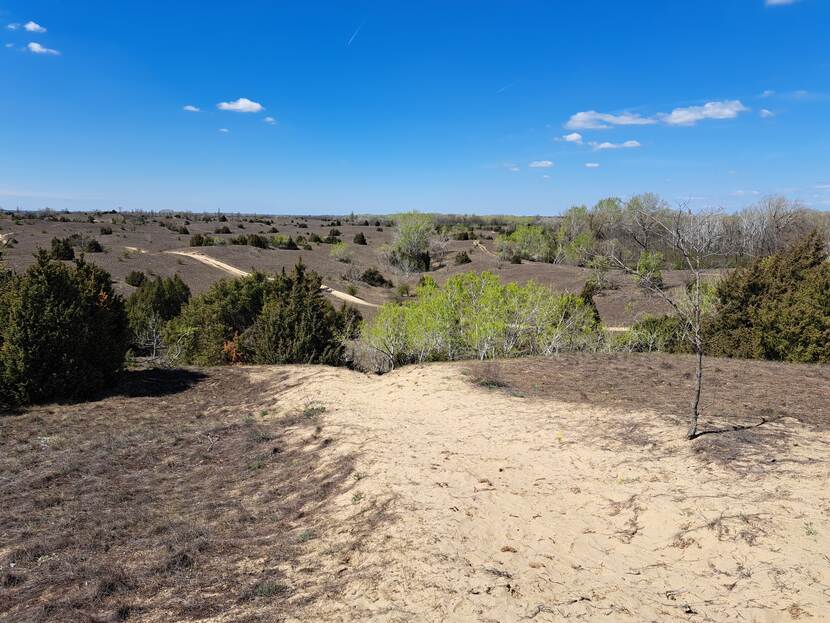
Free range cattle
Like everything else in the national park, the husbandry of native livestock serves multiple purposes. First, it takes care of the gene preservation of several native livestock species, such as grey cattle. Second, it adds to the park’s circular model of agriculture, as winter cereals grown in extensive farmland are used for the cattle’s feed. Third, the cattle’s manure is used to increase soil fertility of the farmlands. Of course, not all grey cattle are serving as a gene bank. Since the animals are free range and raised entirely in line with organic animal husbandry practices, the associated meat production can be marketed as such.
The cattle also play a crucial role in landscape preservation, by keeping the protected steppe grasslands from overgrowing. In that way, they help create habitats for animals like the great bustard, a bird species that is only found in a few remaining steppe areas in Europe. Cattle are preferred over sheep, which tend to overgraze these areas more easily, which would be disastrous for fragile steppe grasslands on sandy soil.
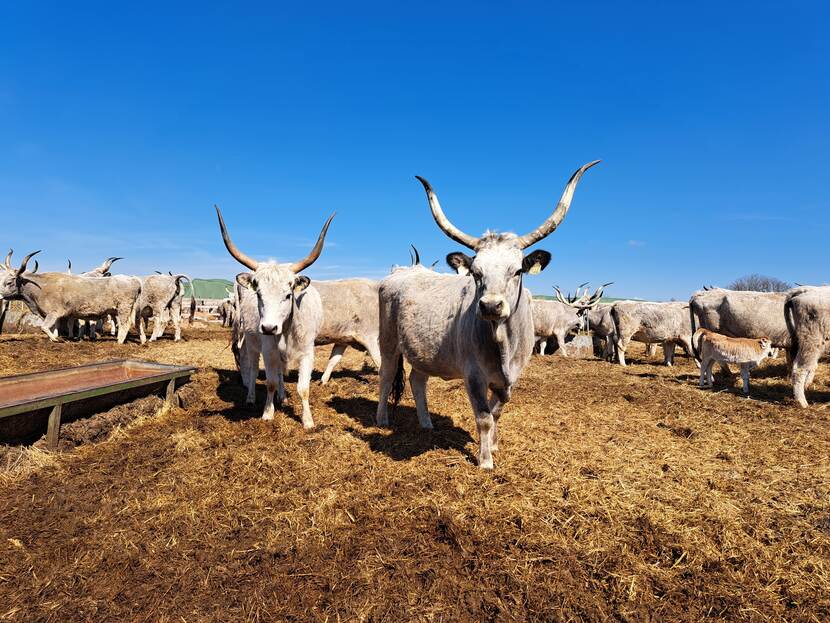
‘The farmers that operate in Kiskunság National Park are almost landscape preservationists themselves’
Natura 2000
Right in the middle of the protected natural park area lie farms. While most of the land within the national park is owned by the state, some of it is privately owned. Obviously, private farmers are expected to take heed of the Natura 2000 status of the land they work on
As for the state-owned land, some of it is managed by the park directorate whilst other parts are leased out to farmers for ten-year periods on a tender basis. The farmlands managed directly by the natural park directorate serve a crucial role in both nature conservation and circular, nature-inclusive agriculture. These goals seem contradictory at first. But these lands are sown with winter cereals and are farmed extensively to create habitats for great bustards in the breeding season. For this reason, they are only sown in fall to avoid disturbance in the early spring.
As for the land lease, bids by private farmers are assessed based on a set of professional criteria on how sustainable and nature-inclusive the envisaged farming activities would be. The park uses the lease contract to ensure that the activities the farmer would engage in fit the overall objectives for the area in question. For instance, the park can stipulate what can and cannot be grown on certain plots of land to serve its overarching sustainability and preservation agenda.
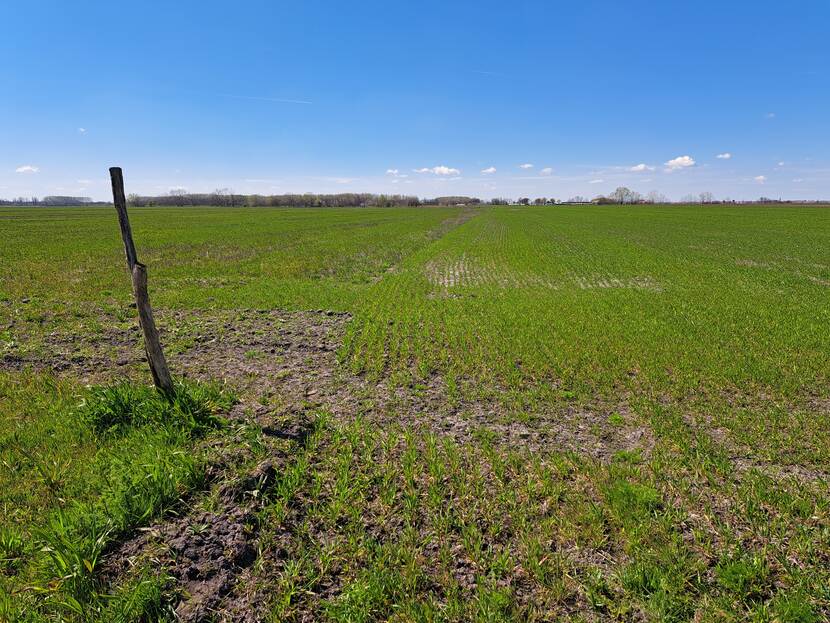
Nemzeti Parki trademark
Some of the farmers’ income is generated in the marketplace. Their produce from the national park, such as syrups, jams, cheeses, and sausages, can be sold using a special label called the Nemzeti Parki Termék (National Park Product). This trademark is a guarantee for consumers that the product or service is of local origin, produced in an environmentally friendly way, of high quality, and directly linked to the area, local traditions and values. It allows farmers to fetch a premium price for their products, compensating them for higher costs of production compared to conventional farming.
Public support is necessary as well. The farmers that operate in the national park are almost landscape preservationists themselves. The extra-statutory management requirements in their lease contracts are not without costs. To make a living out of nature-inclusive farming, the EU's Common Agricultural Policy (CAP) plays a crucial role.
Besides area-based direct payments, there are several support programs available for nature-inclusive farms, spanning from subsidies for the preservation of high-value grasslands to in-situ gene preservation. Hungary has devoted a sizeable share of its second-pillar CAP allocation to climate and the environment in the CAP National Strategic Plan that has recently come into force.
The importance of national parks such as Kiskunság cannot be overstated as the nature-inclusive trend is rising in Hungary. National parks in Hungary are not only institutions focused on nature preservation, but also vanguards of nature-inclusive, sustainable agricultural production. Generational knowledge and productive stakeholder cooperation between public institutions and private entrepreneurs are essential to make this model work.
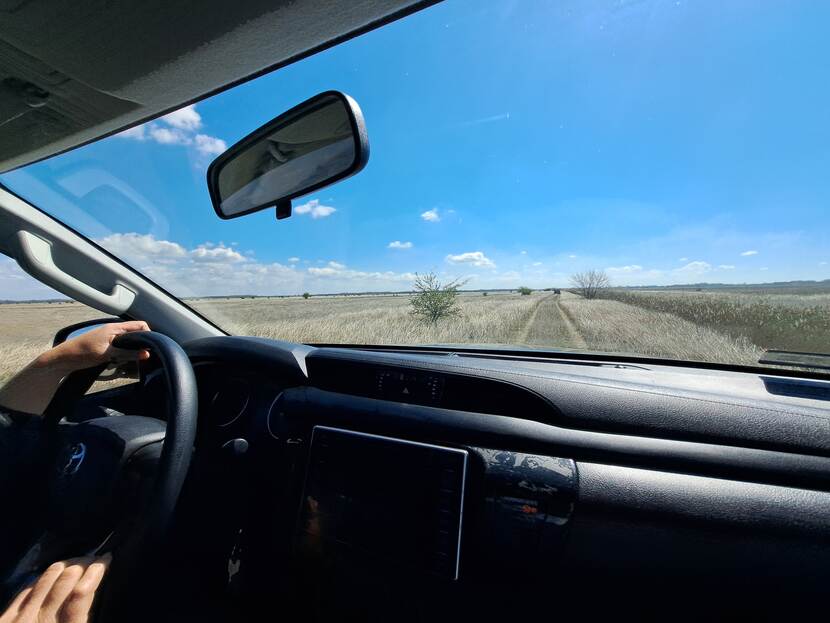
Contact
Would you like to know more about the current developments in the domain of agriculture and nature in Hungary or contact the agricultural team at the Netherlands Embassy in Hungary?
You can visit the country page of Hungary at the website agroberichtenbuitenland.nl of the Netherlands ministry of Agriculture, Nature and Food Quality. You can also send an email to BDP-lnv@minbuza.nl
This article is part of the latest edition of e-magazine Agrospecial (June 2023) about nature-inclusive farming. The teams of our Netherlands Agricultural Network showcase nature-inclusive practices and initiatives in 36 countries worldwide. They delve into the development, benefits and challenges of this innovative farming approach. Each team has a different story to tell. Click here to read more about insights into the potential of nature-inclusive farming practices worldwide!